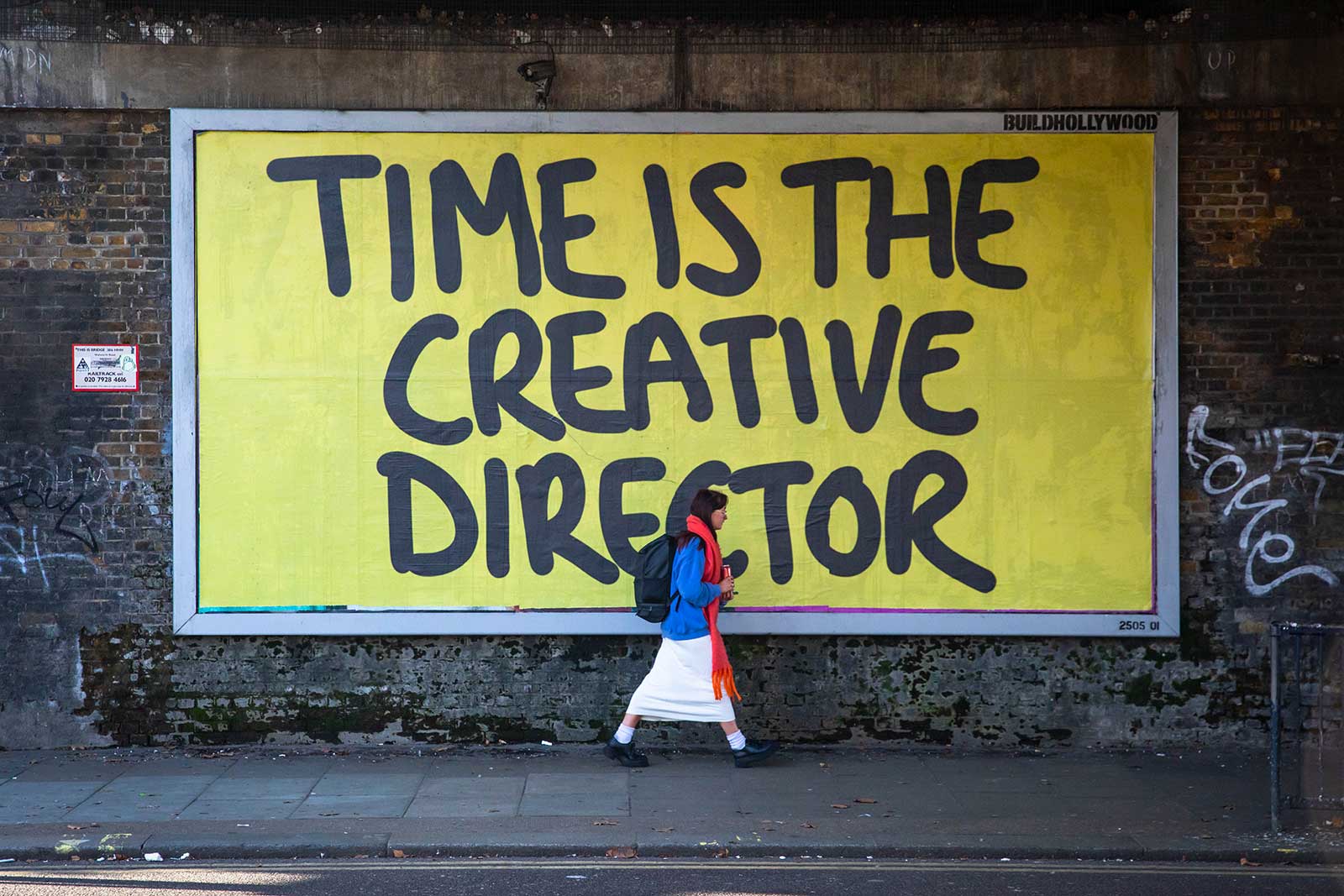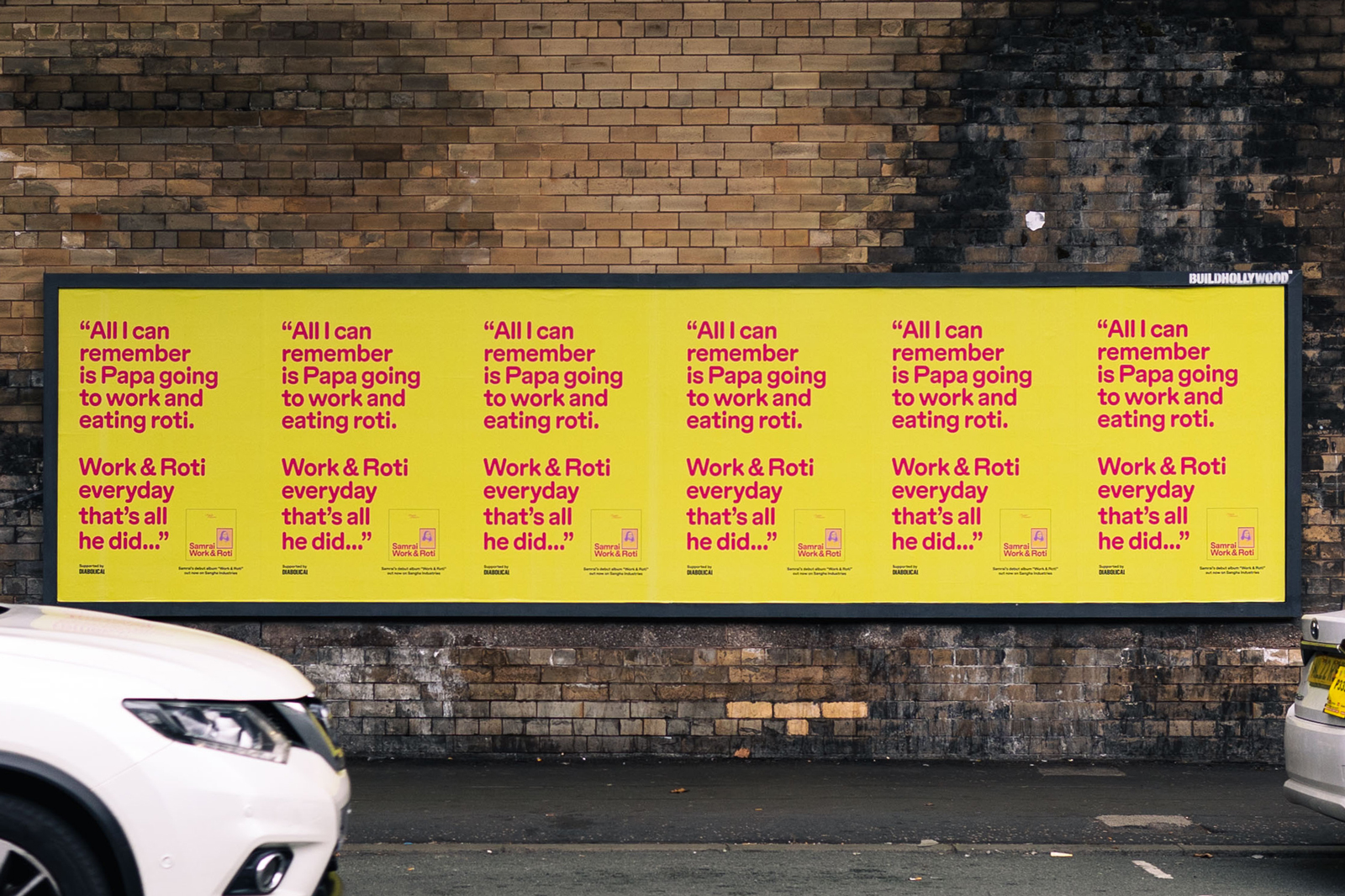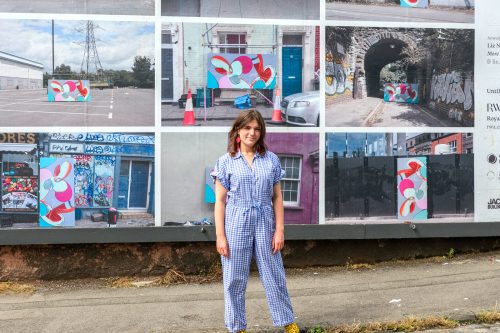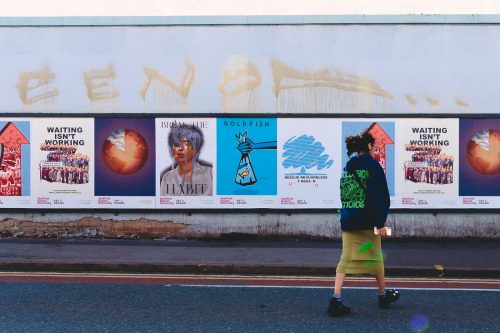Your Space Or Mine
Samrai drops debut album Work & Roti inspired by his heritage
Having produced music since the 2010s, played his part in one of Manchester’s most-loved club nights, DJ’d at countless parties, published a new-wave print magazine and taught the next generation of creatives, in the fleeting summer of 2023, Samrai has dropped something completely new. A debut album: Work & Roti.
Inspired by the work ethic of his grandfather, the wit of his mother and, above all, the migrant experience of growing up in the United Kingdom, the project harnesses South Asian drums, Dancehall rhythms and a collaborative spirit that can be found in Balraj Samrai’s work across all of the above.
Thanks to our Your Space Or Mine series, the name of the project will be up on billboards all over the city that was so important to its creation.
18.08.23
Words by


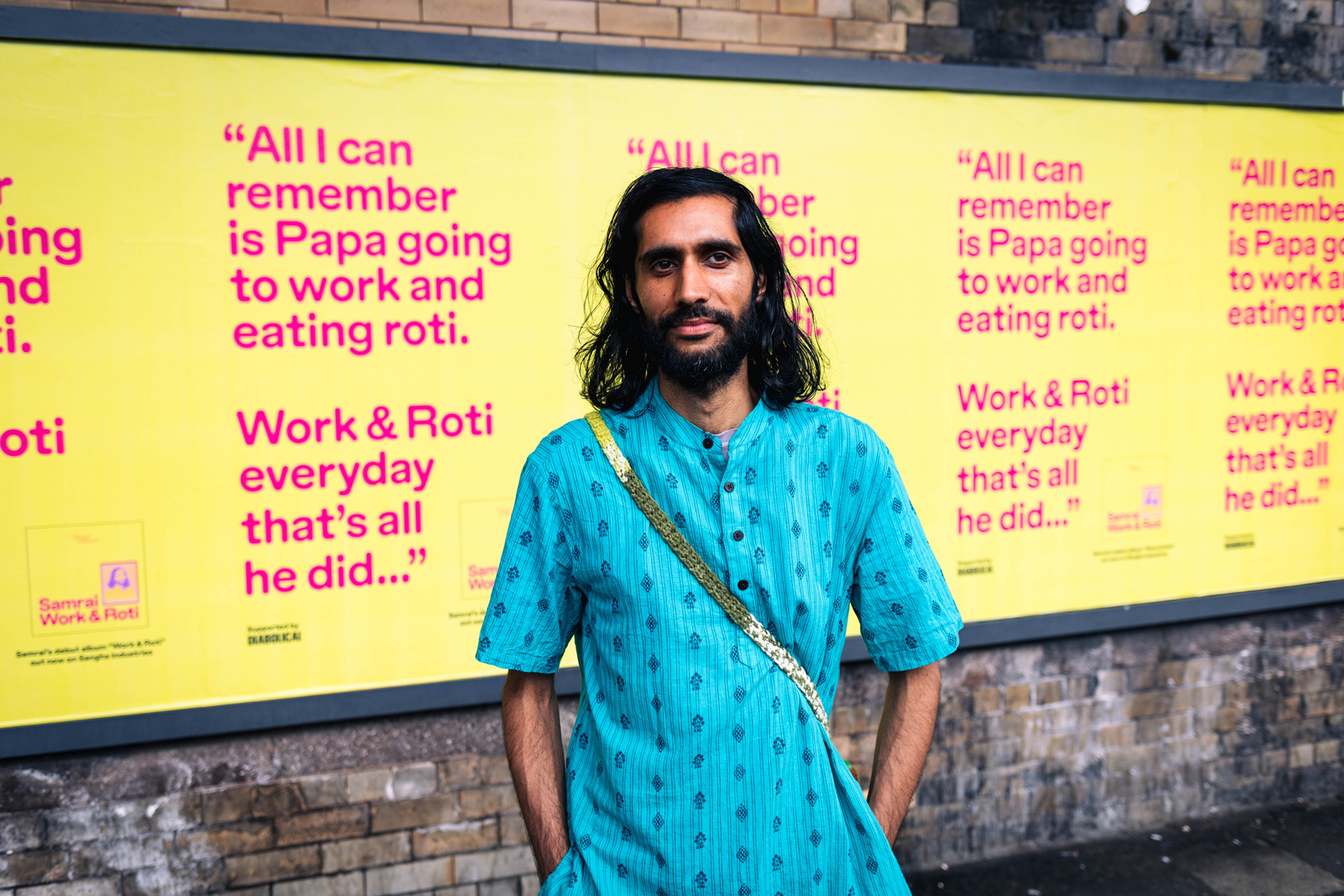
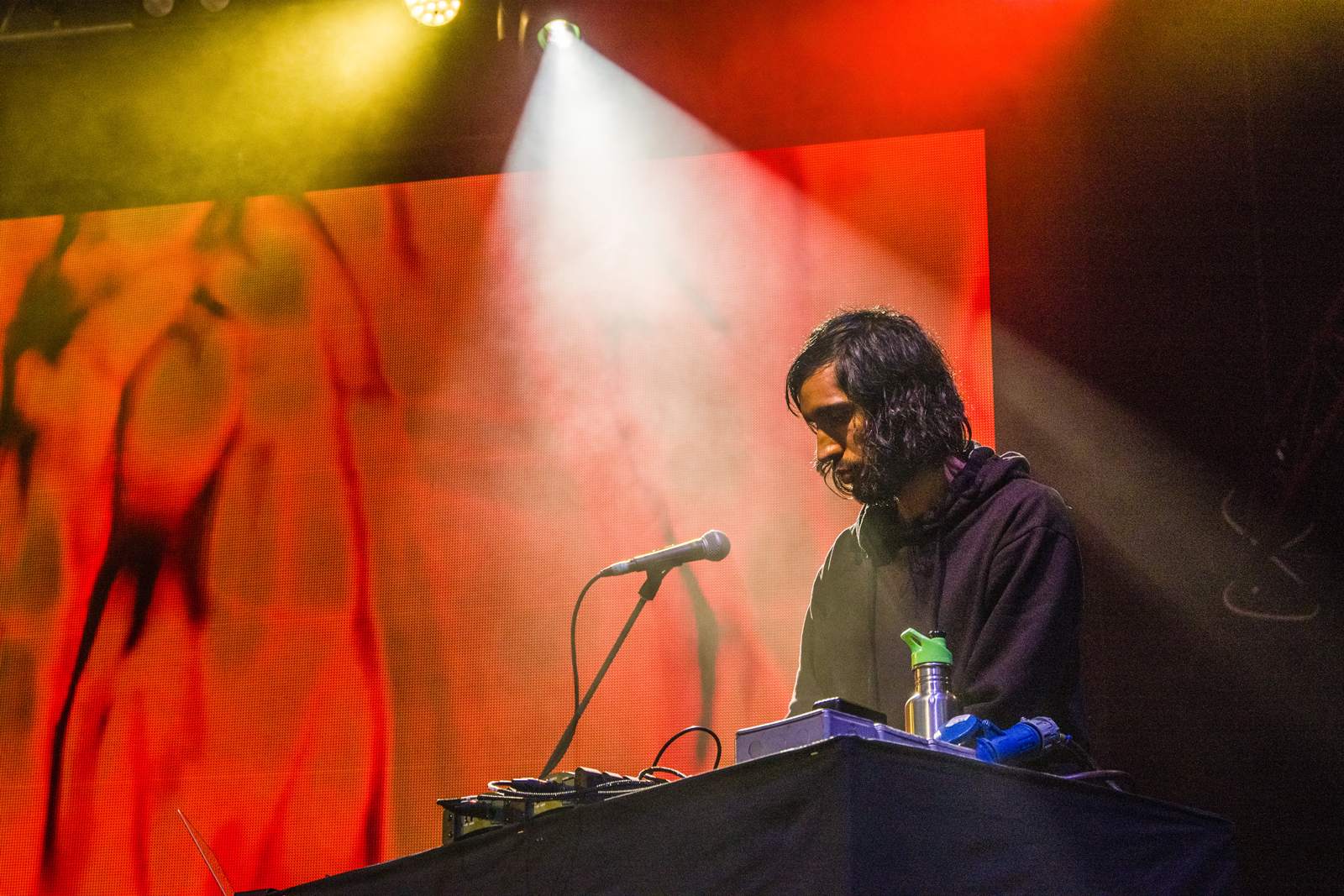 Pranav Saji Krishnan - @pranavsk
Pranav Saji Krishnan - @pranavsk
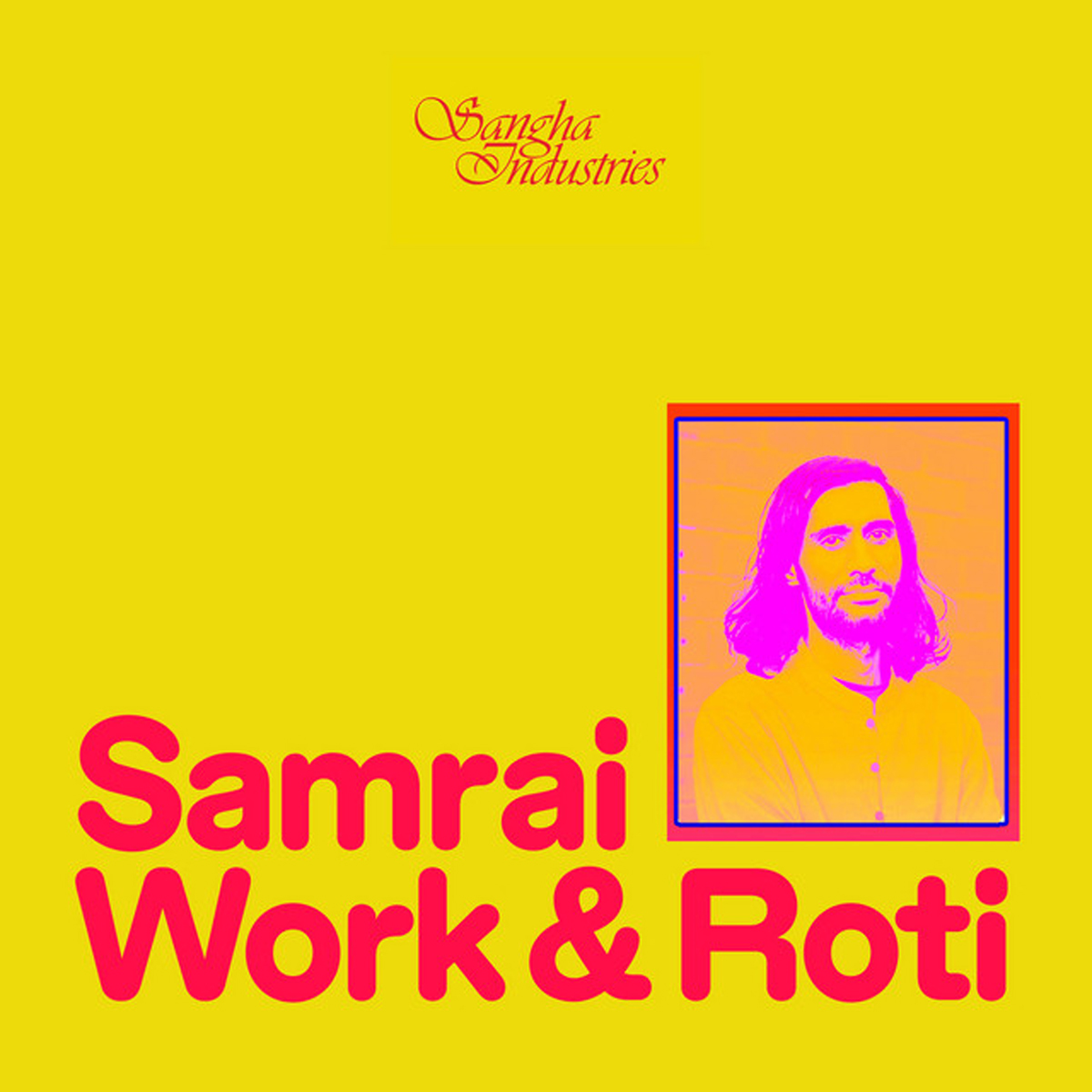
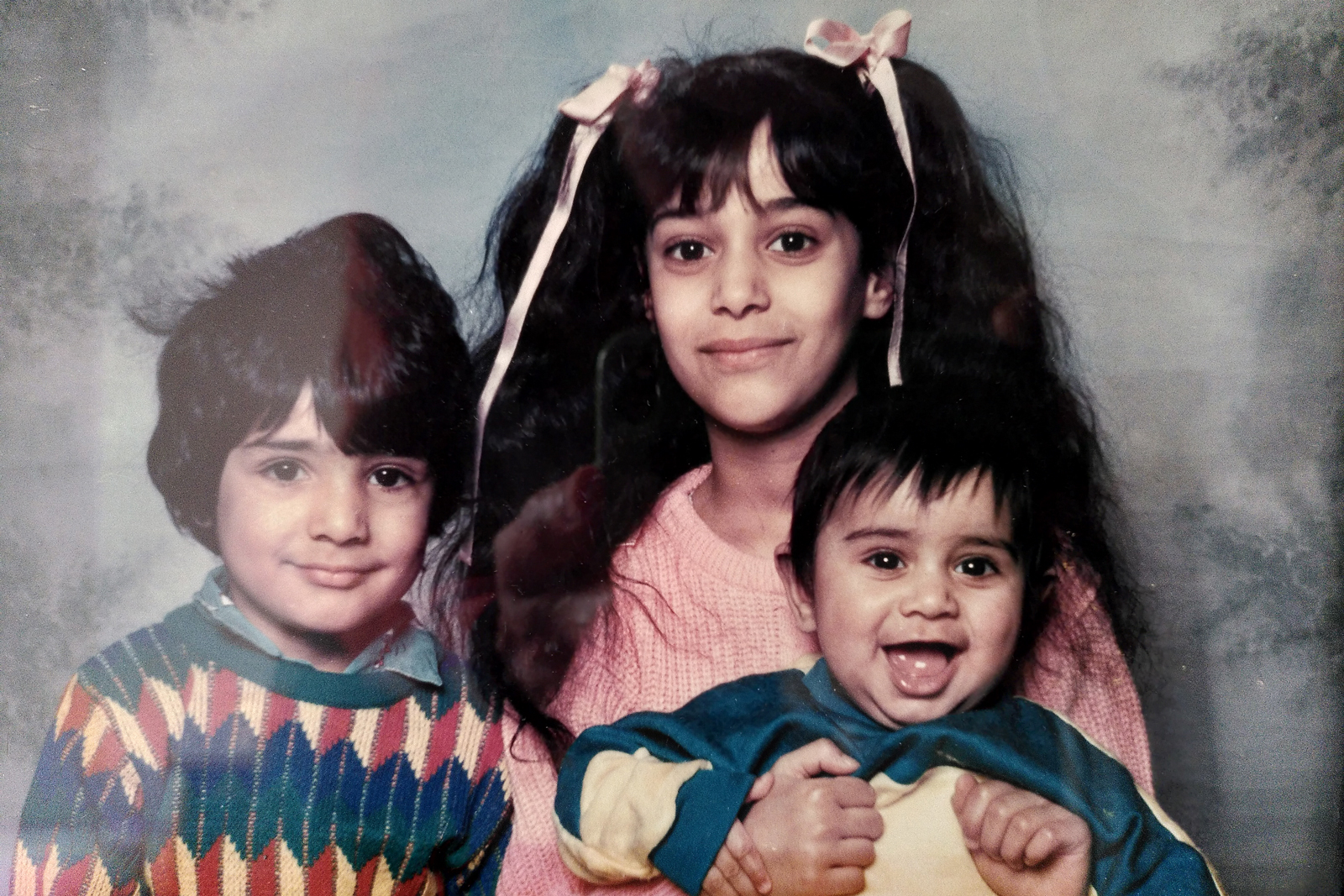
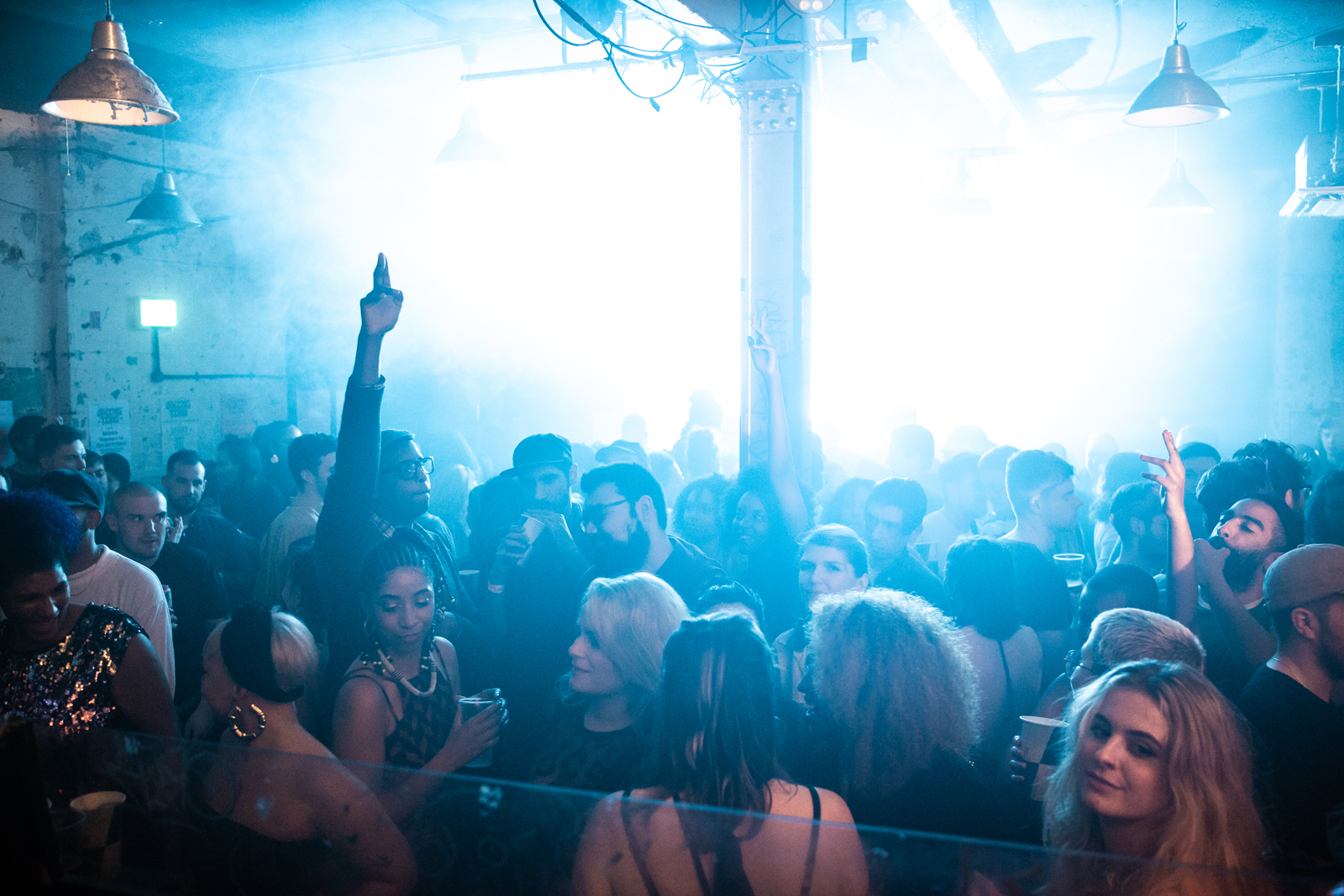
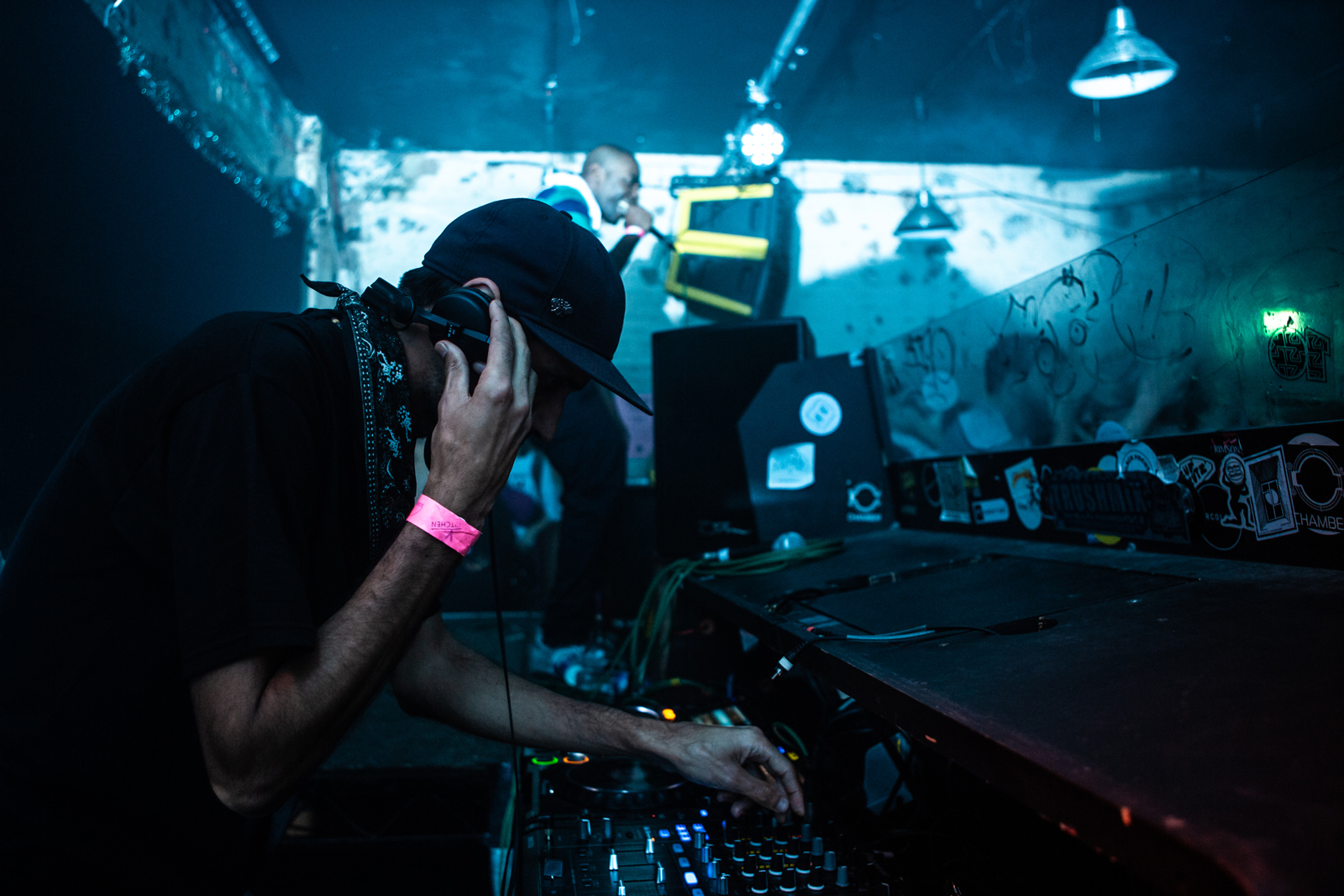
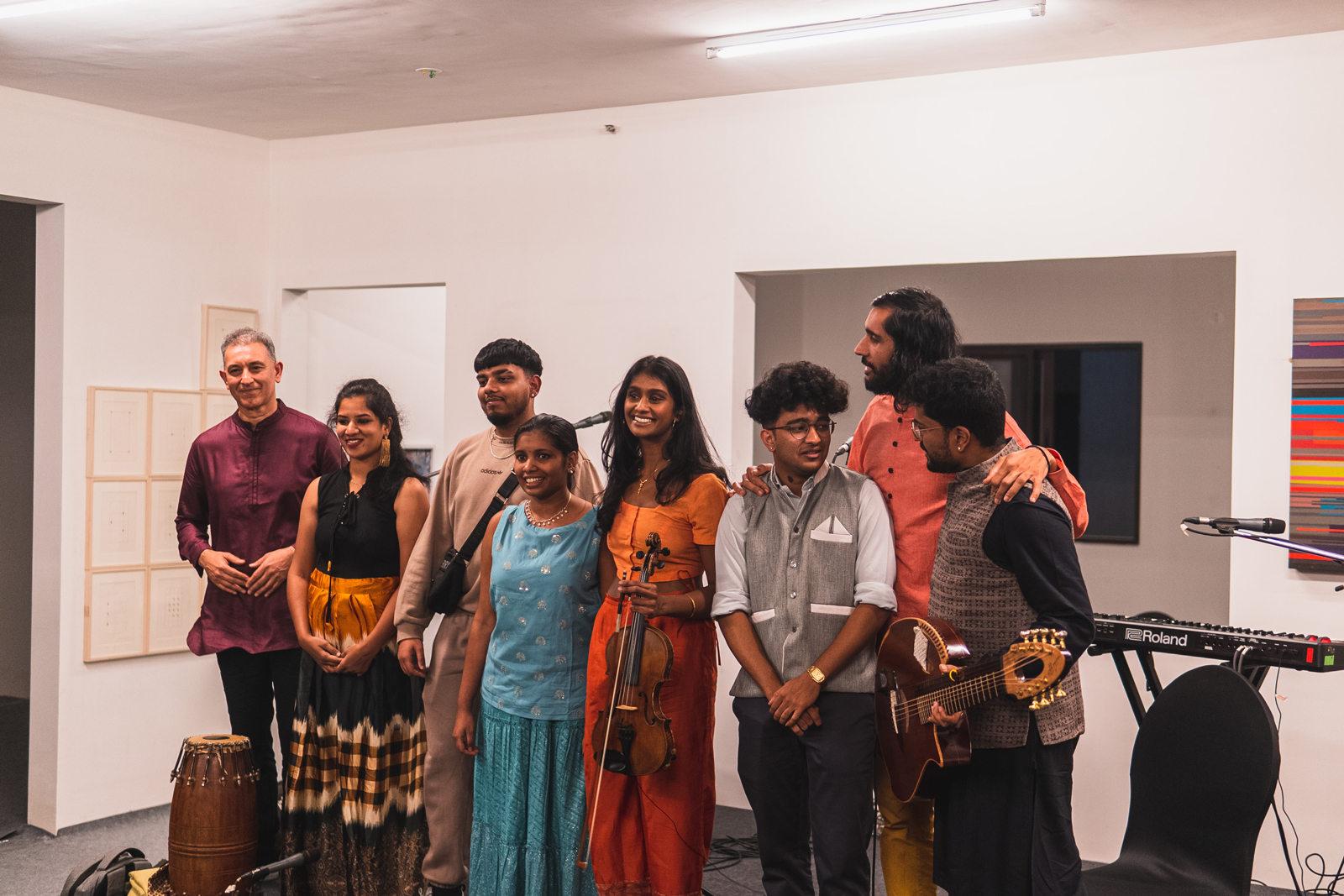
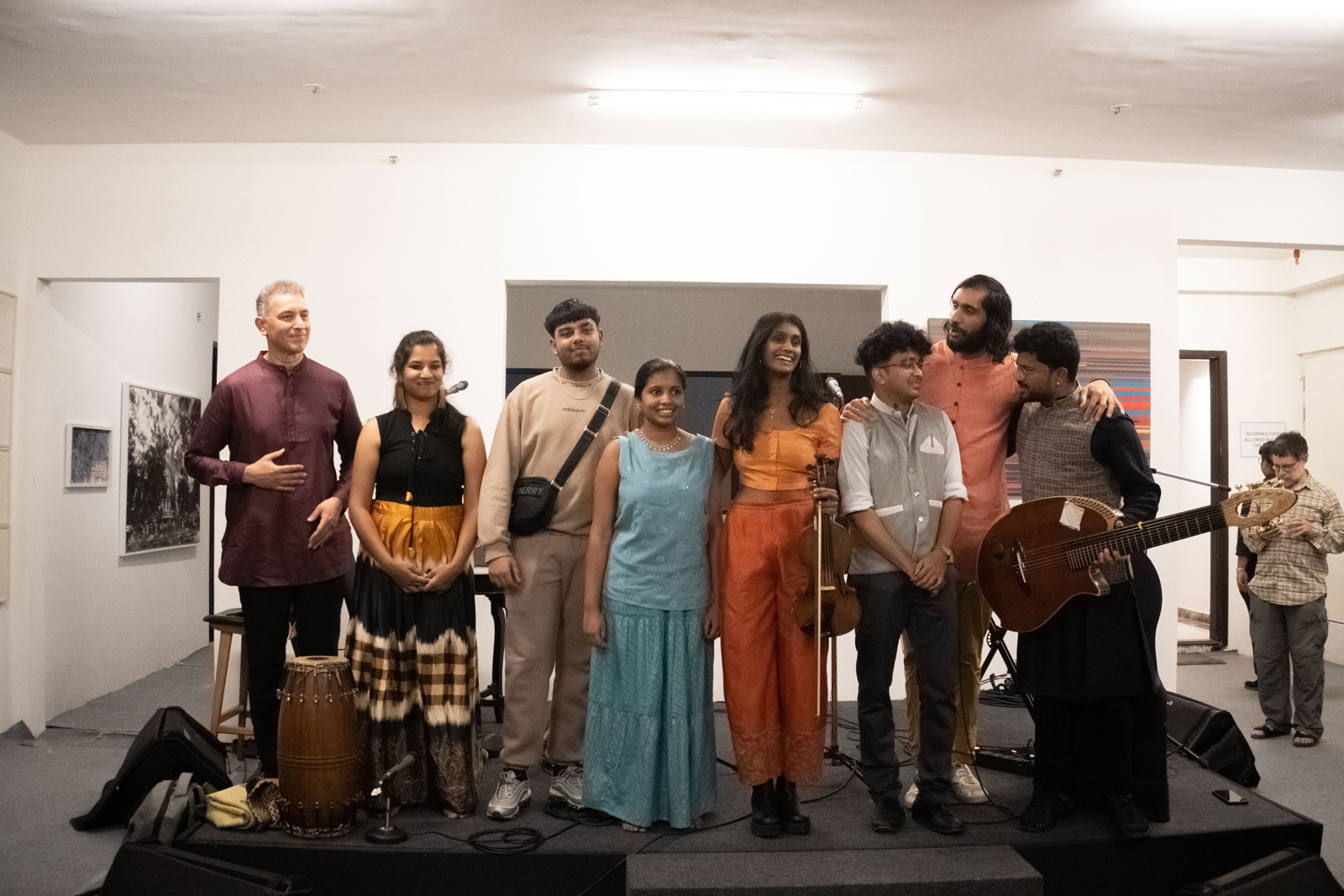
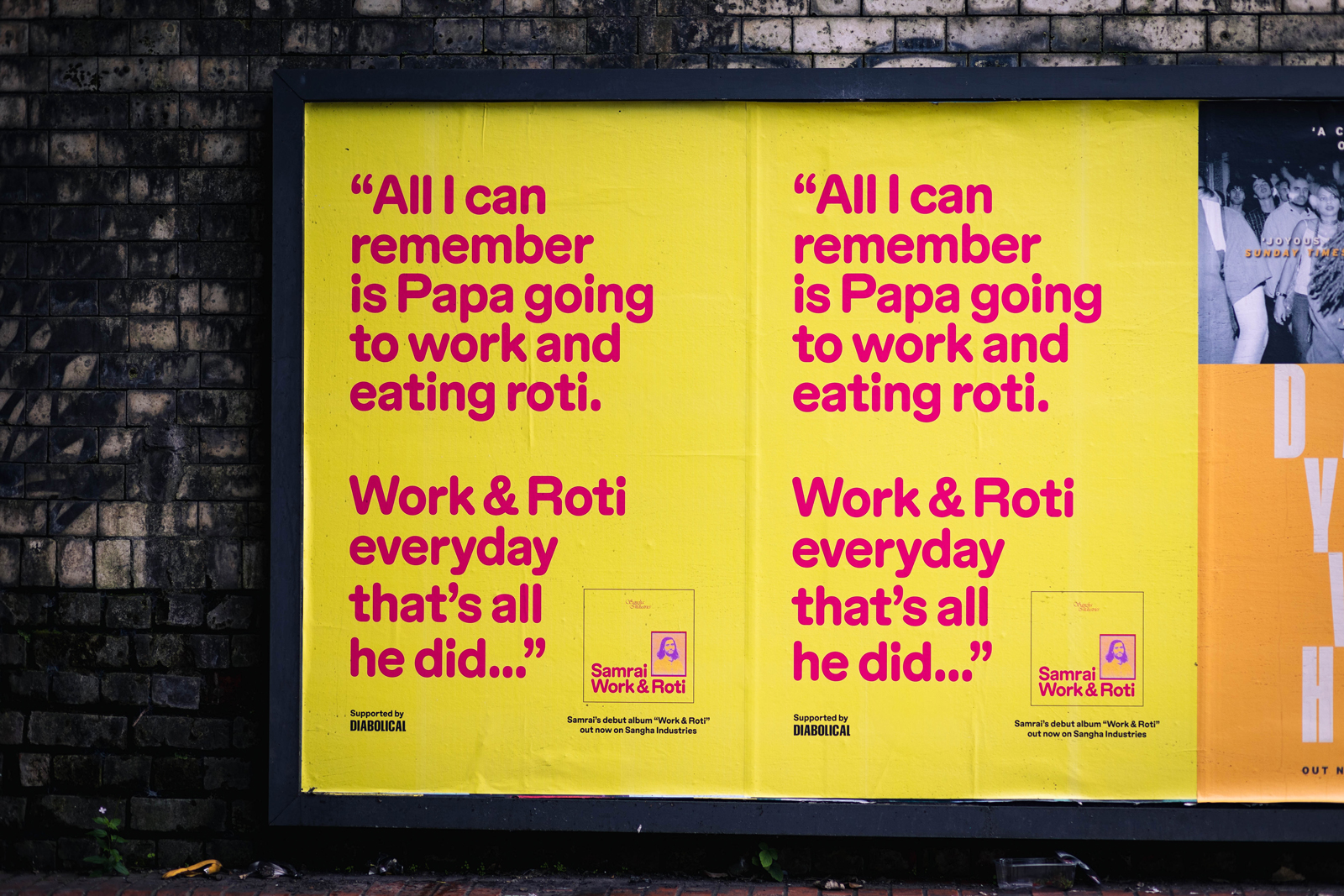
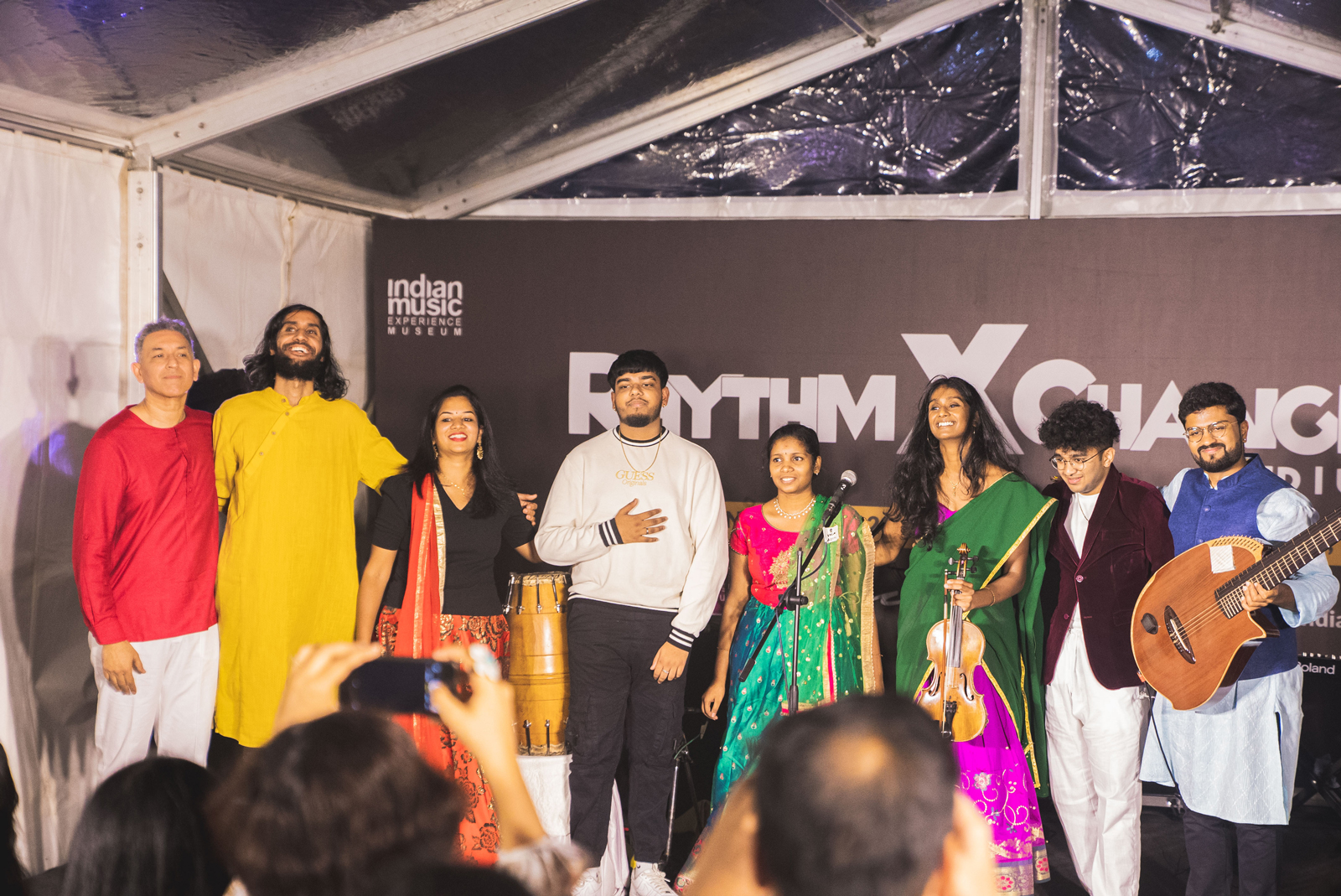
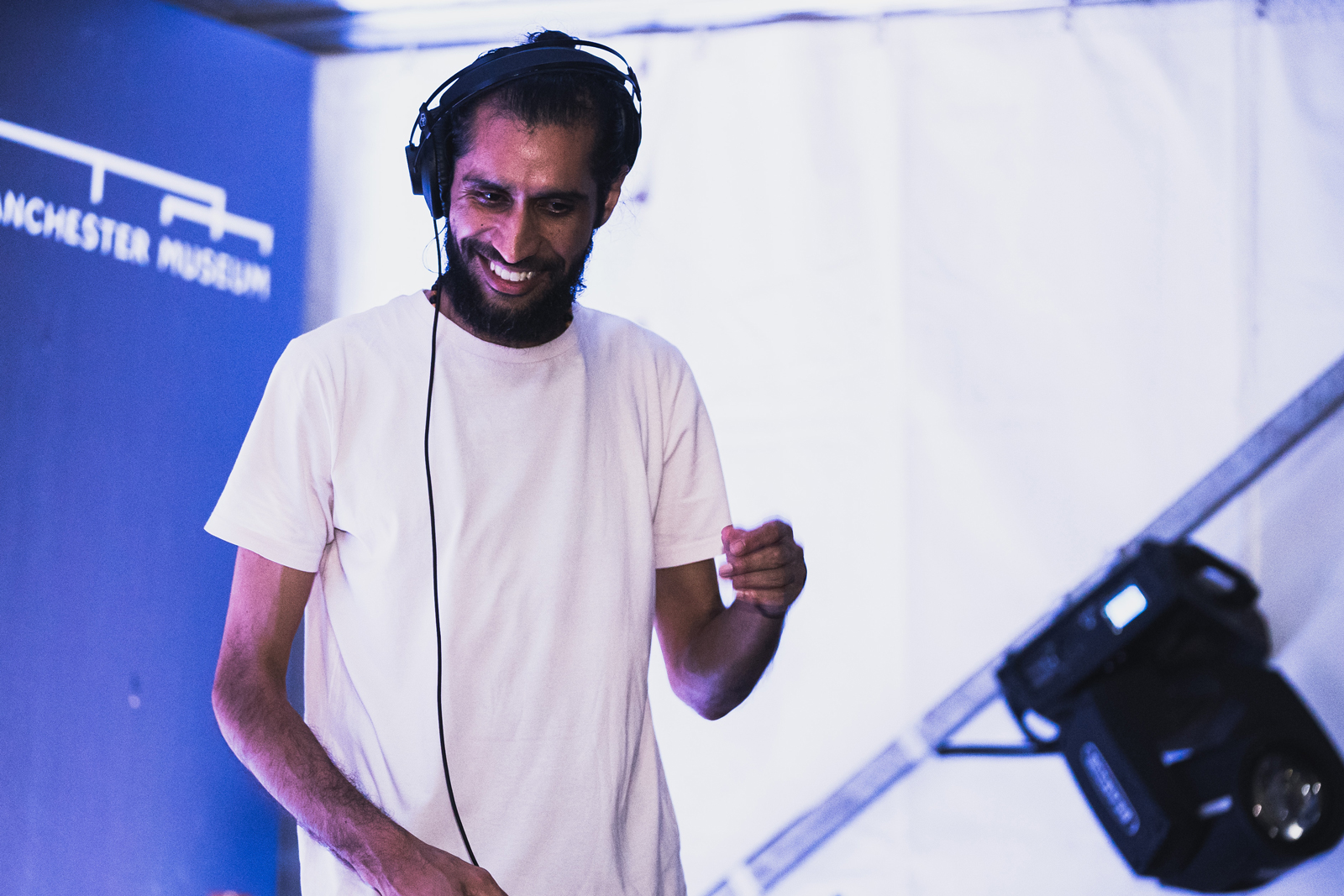 Bengaluru / Shot by clayartmedia
Bengaluru / Shot by clayartmedia
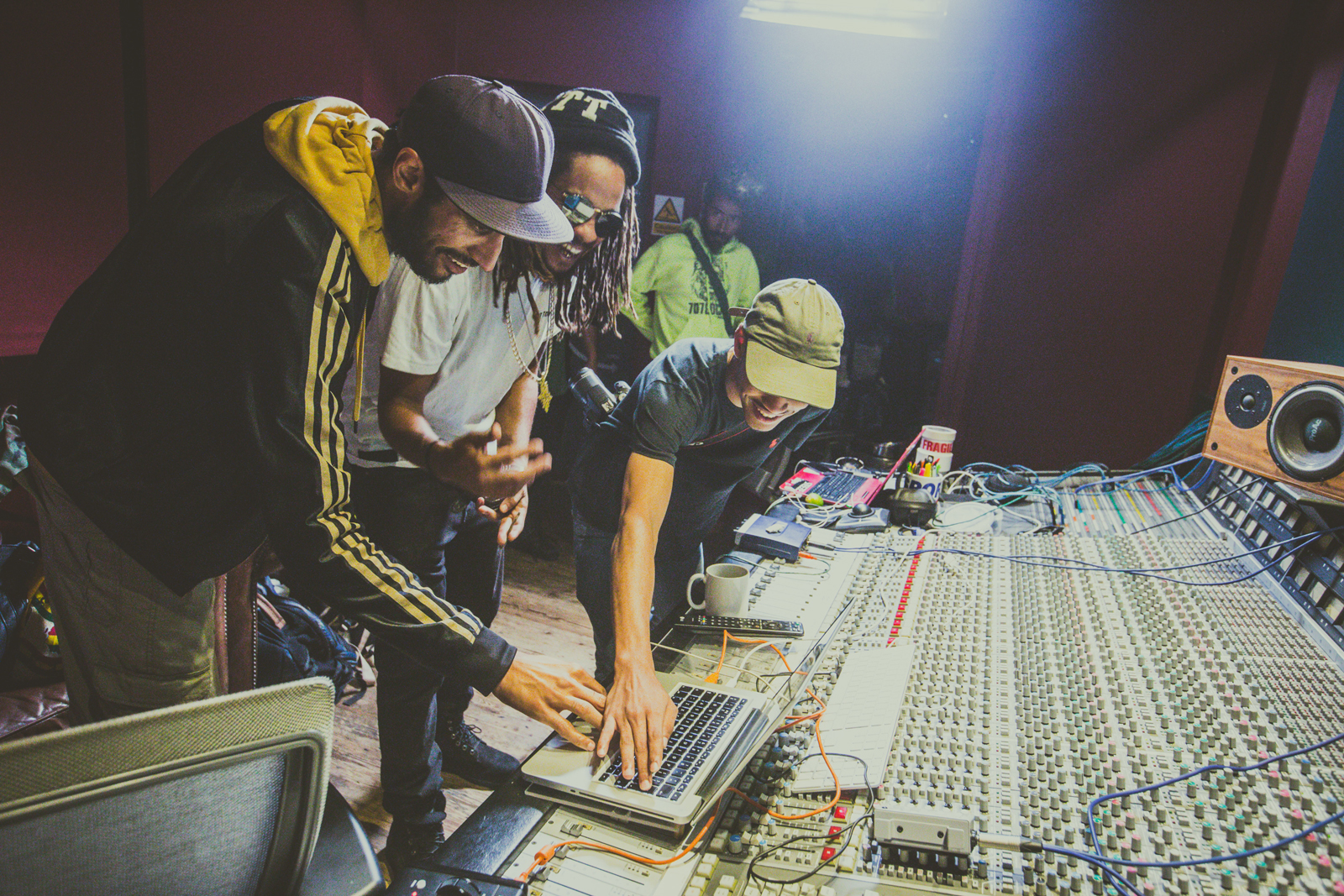
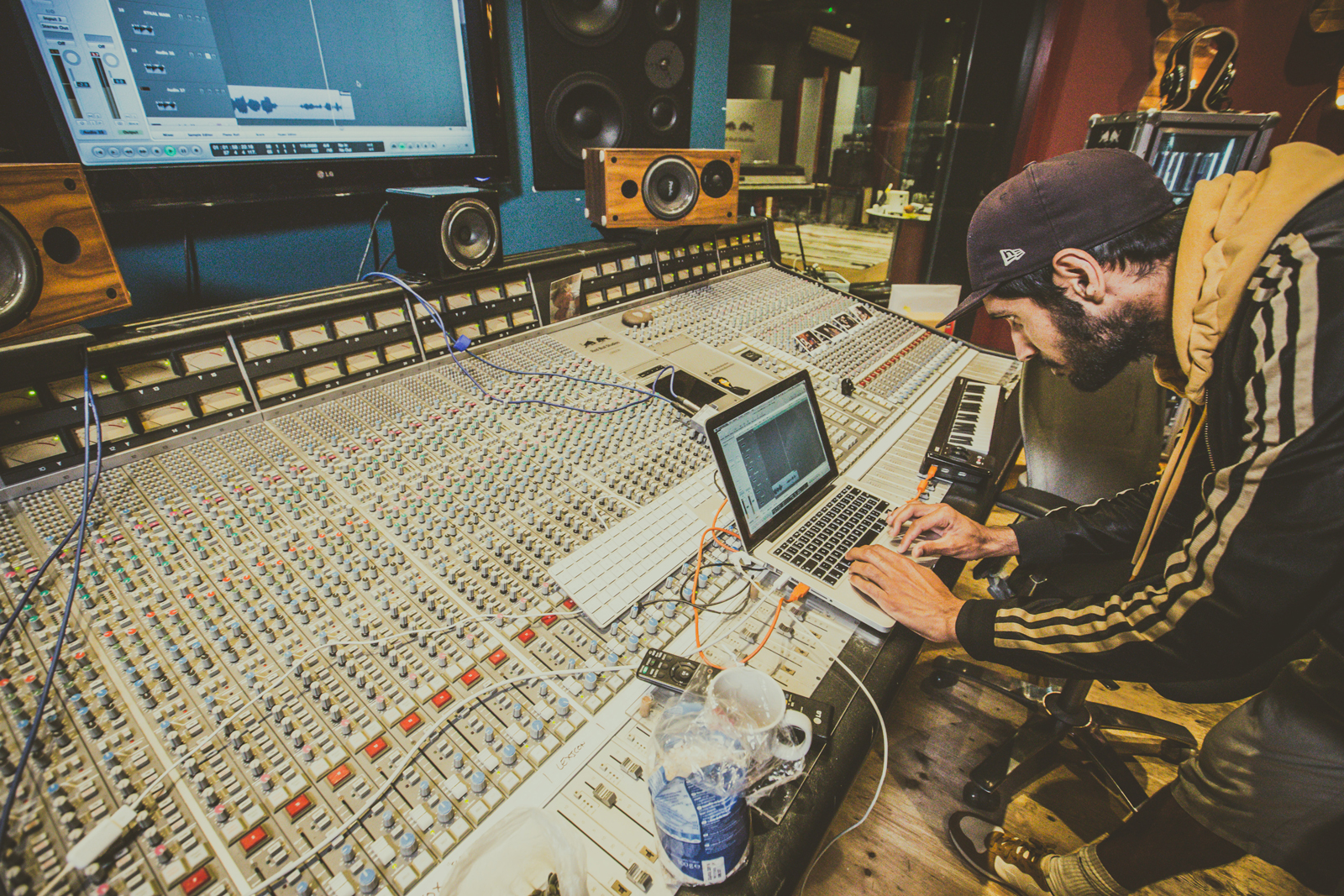
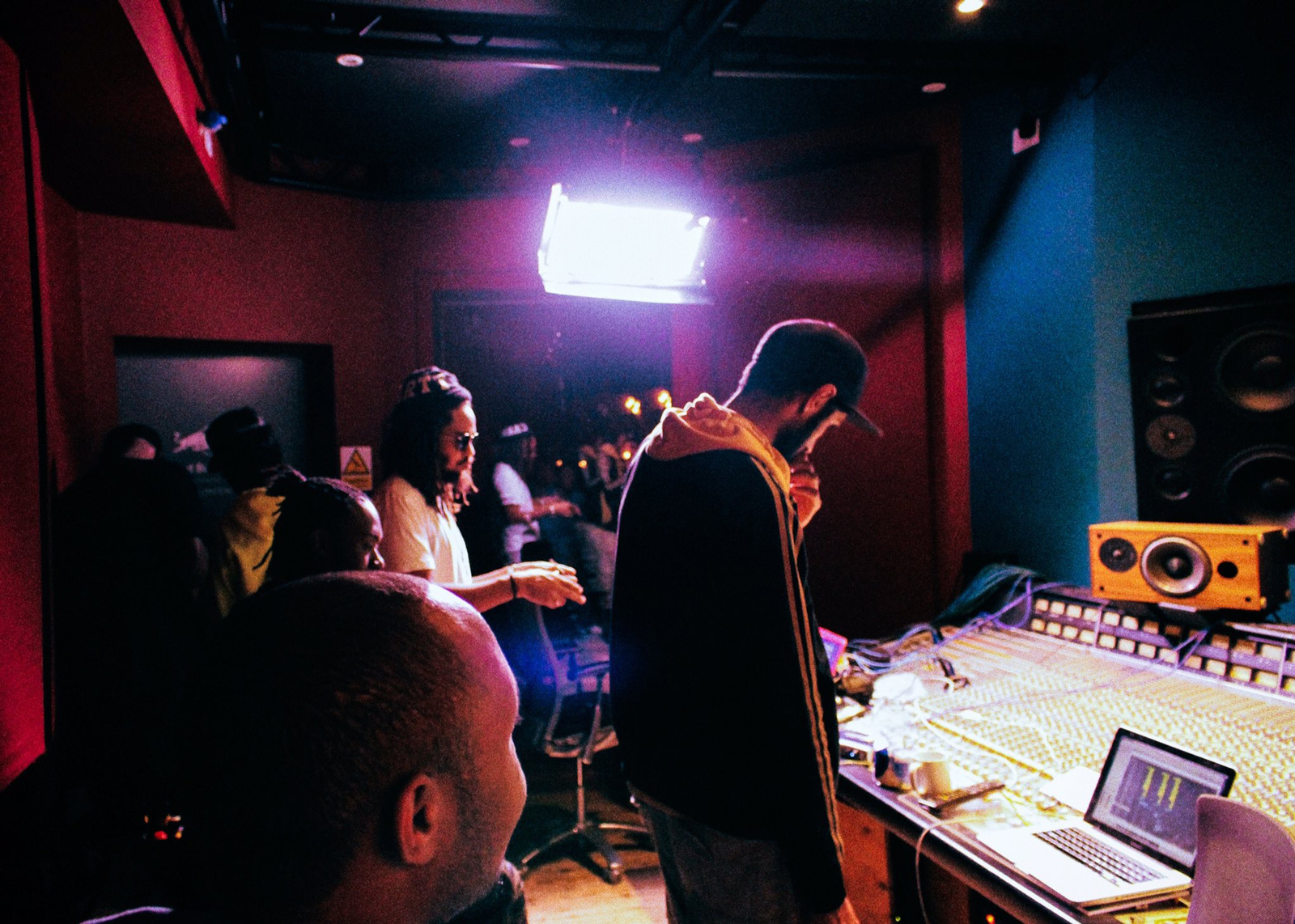 Studio Production
Studio Production
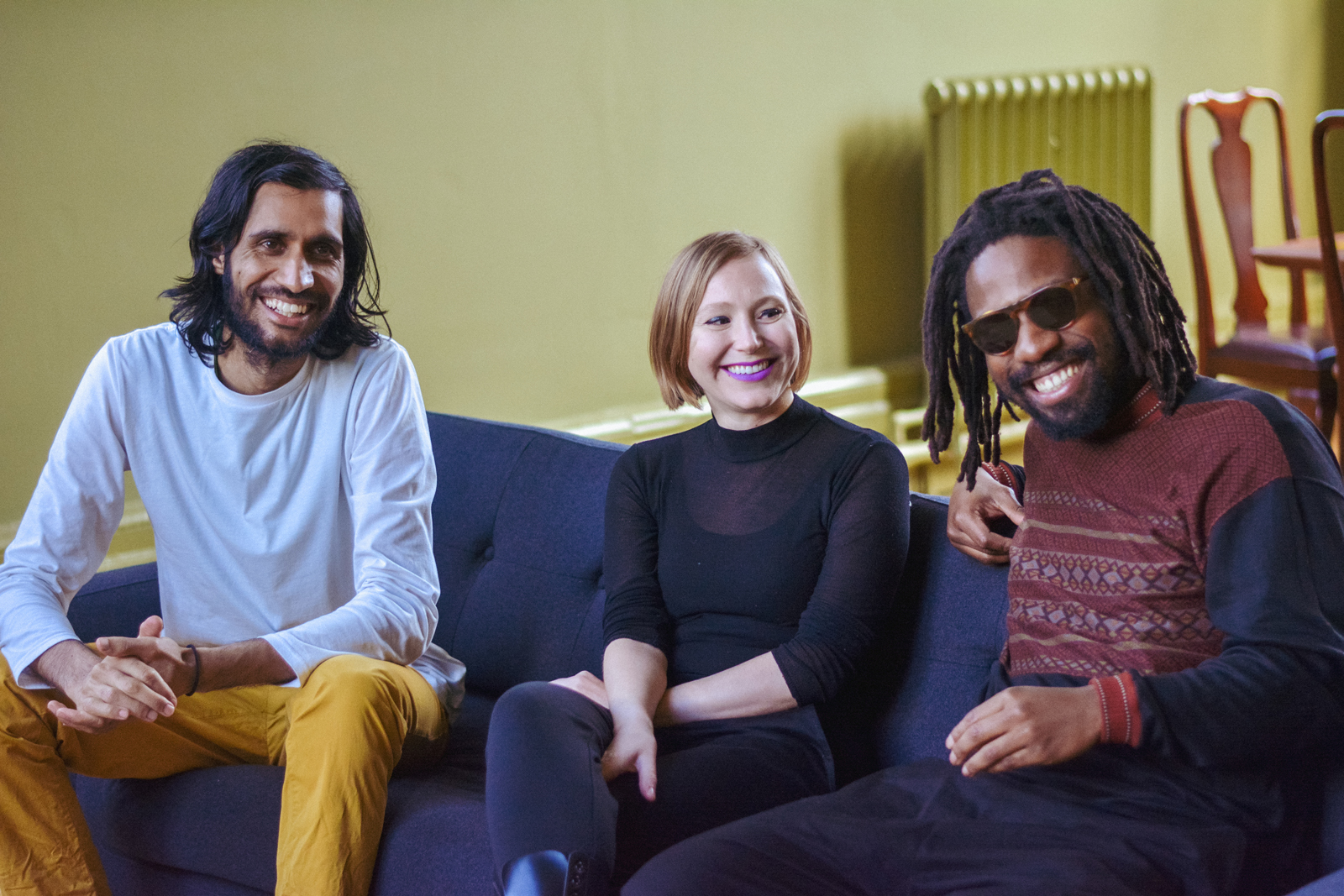 Balraj, Tunde & Kamila / Shot by Daniel Oyegade
Balraj, Tunde & Kamila / Shot by Daniel Oyegade
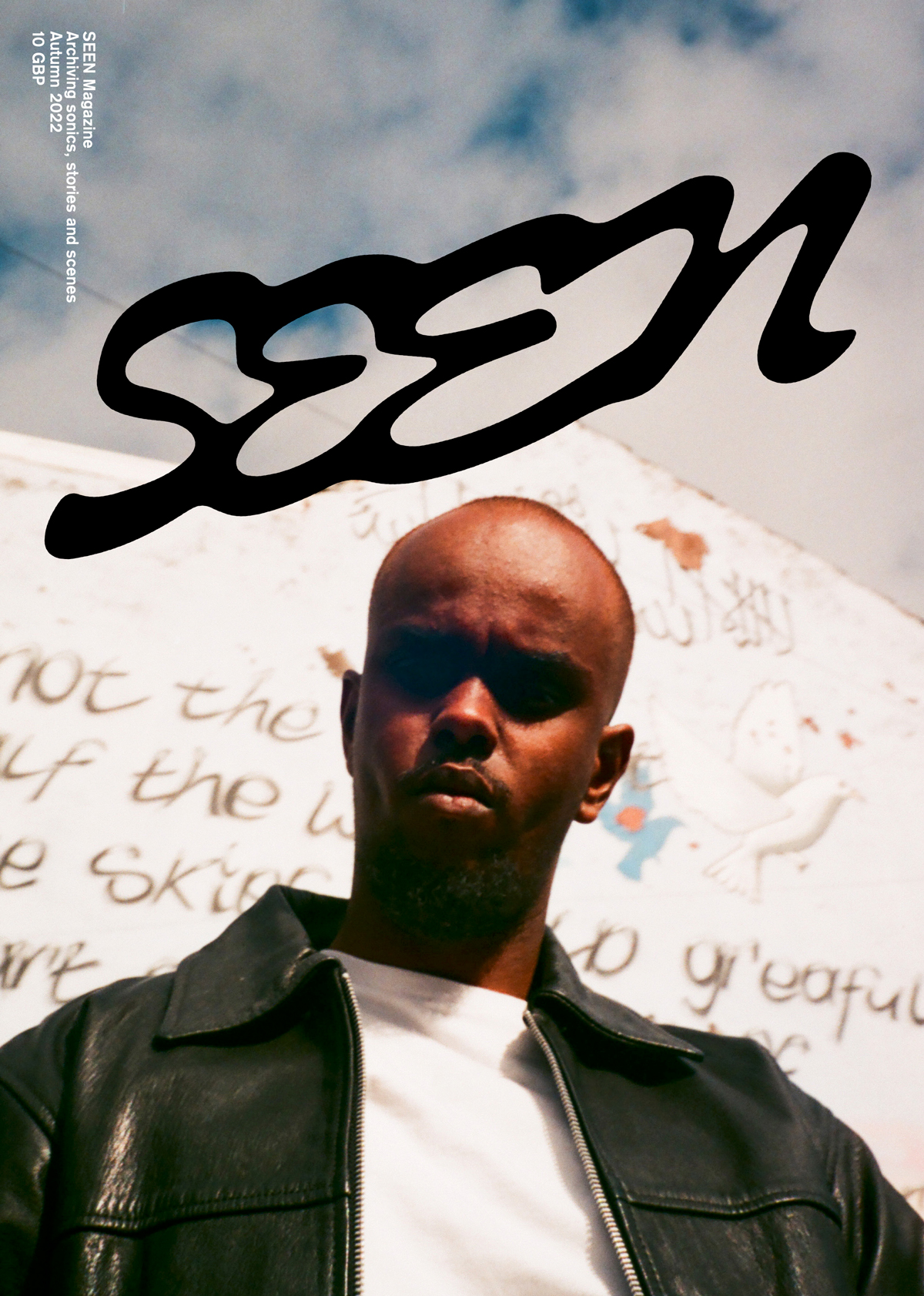 SEEN Magazine
SEEN Magazine
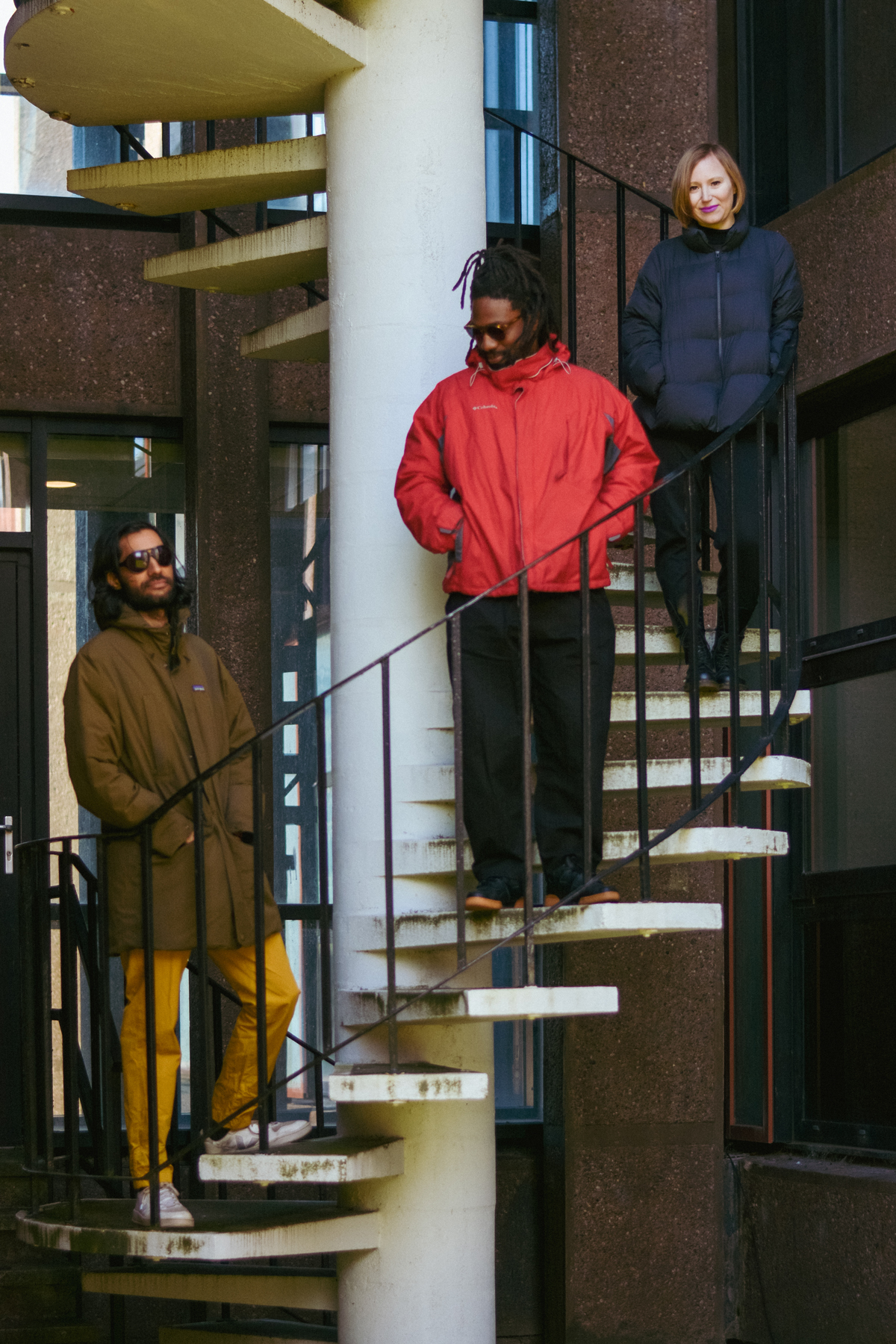 Tunde, Kamila & Balraj / by Daniel Oyegade IG@wxvei, Twitter@Danieloyegade
Tunde, Kamila & Balraj / by Daniel Oyegade IG@wxvei, Twitter@Danieloyegade
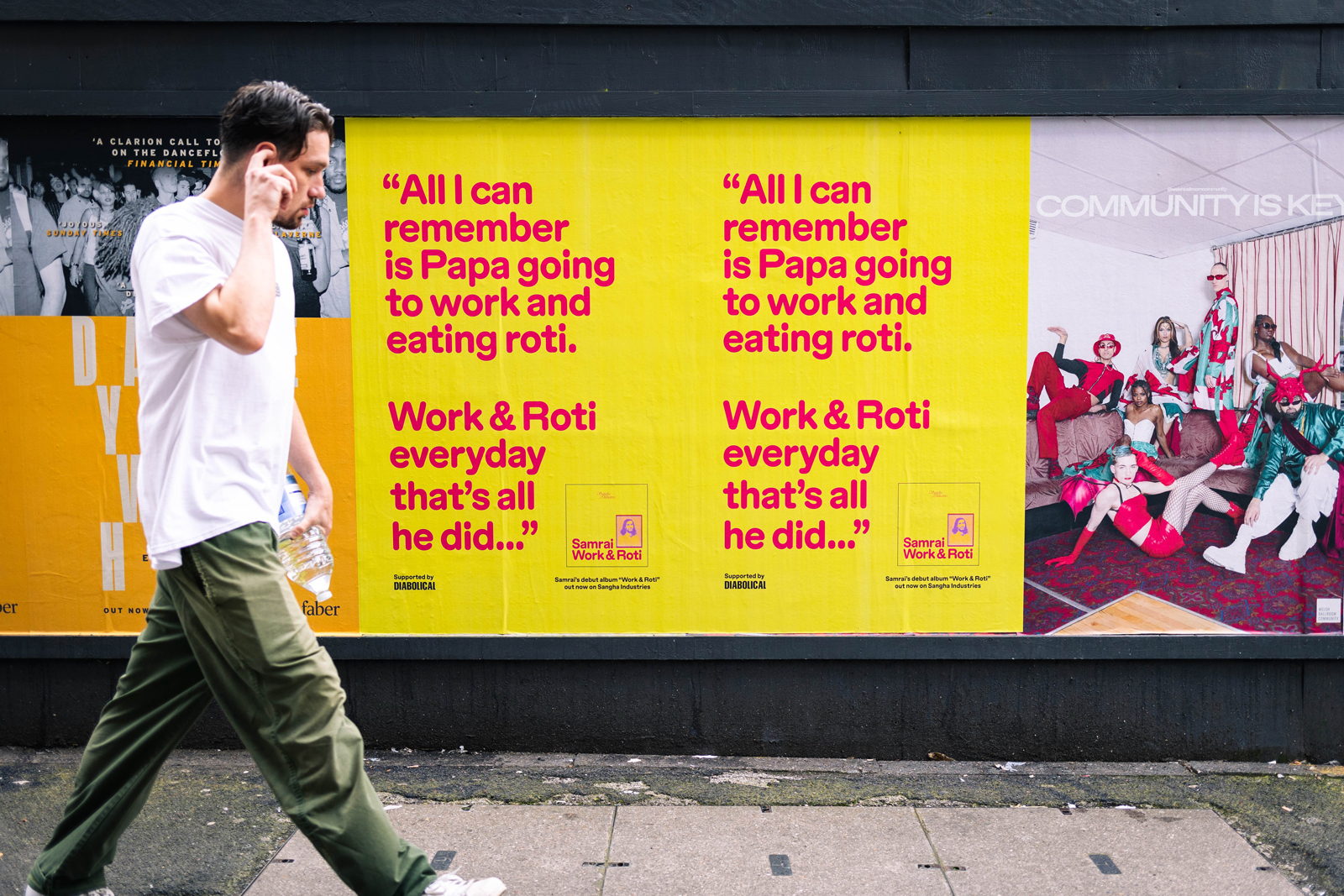
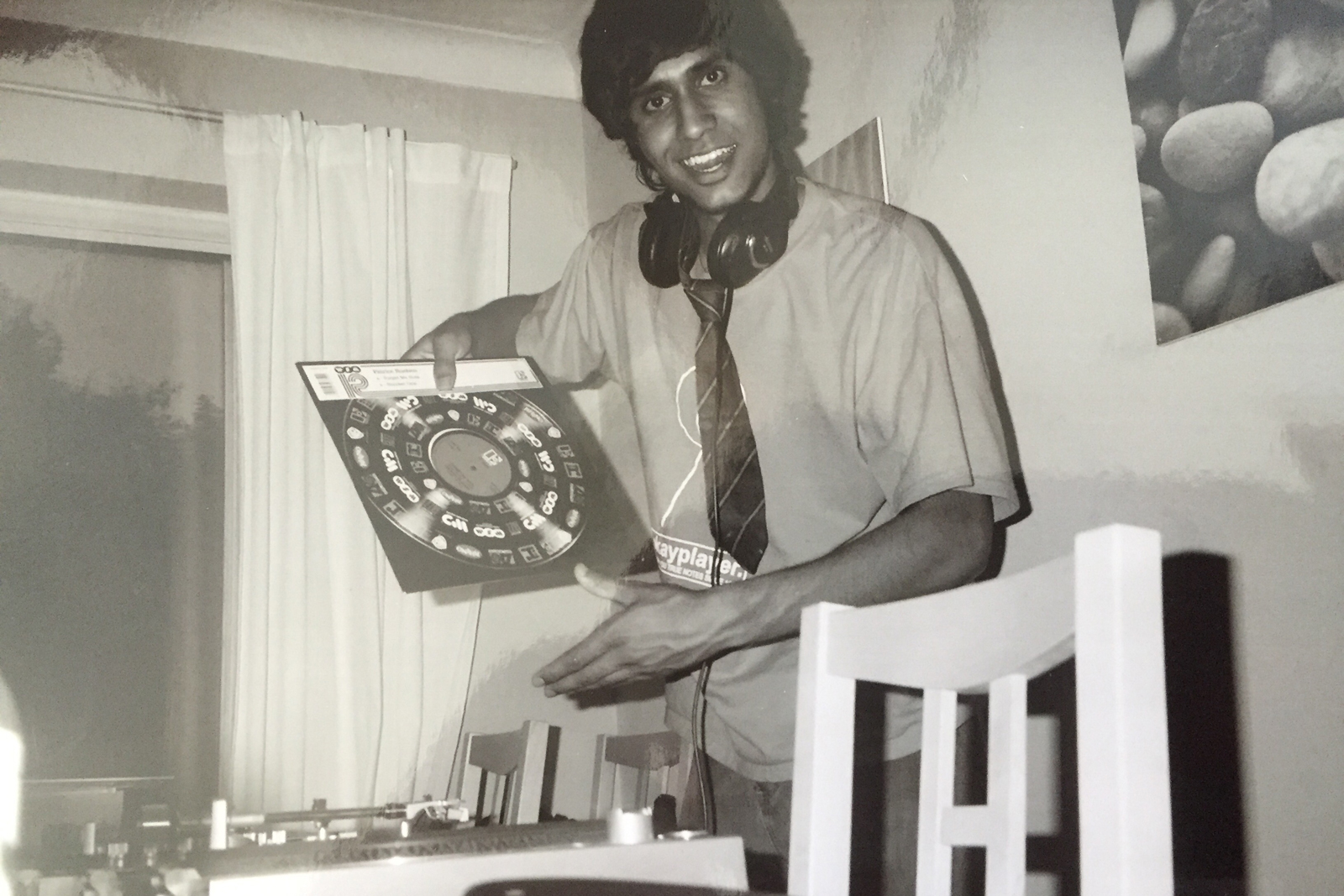
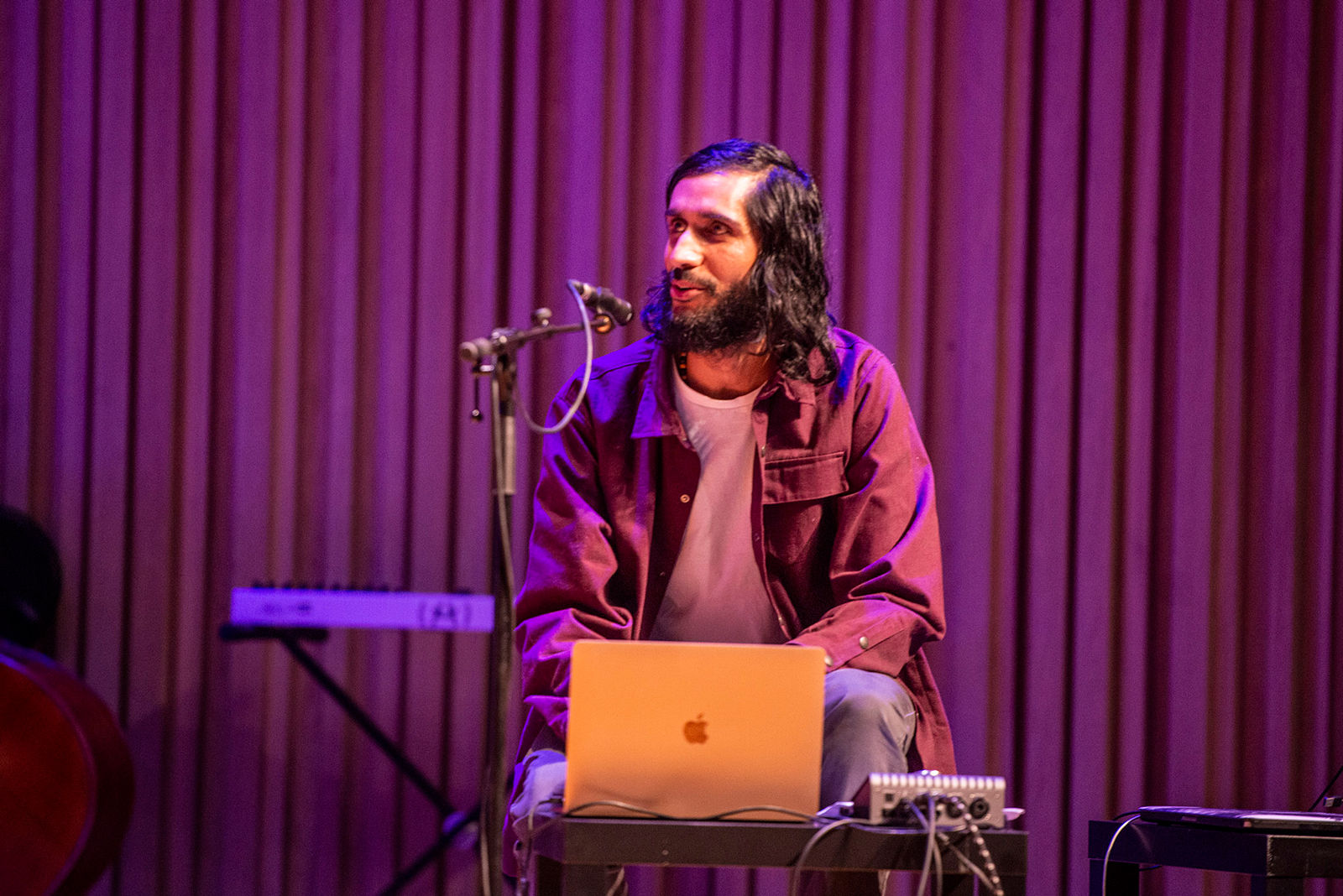
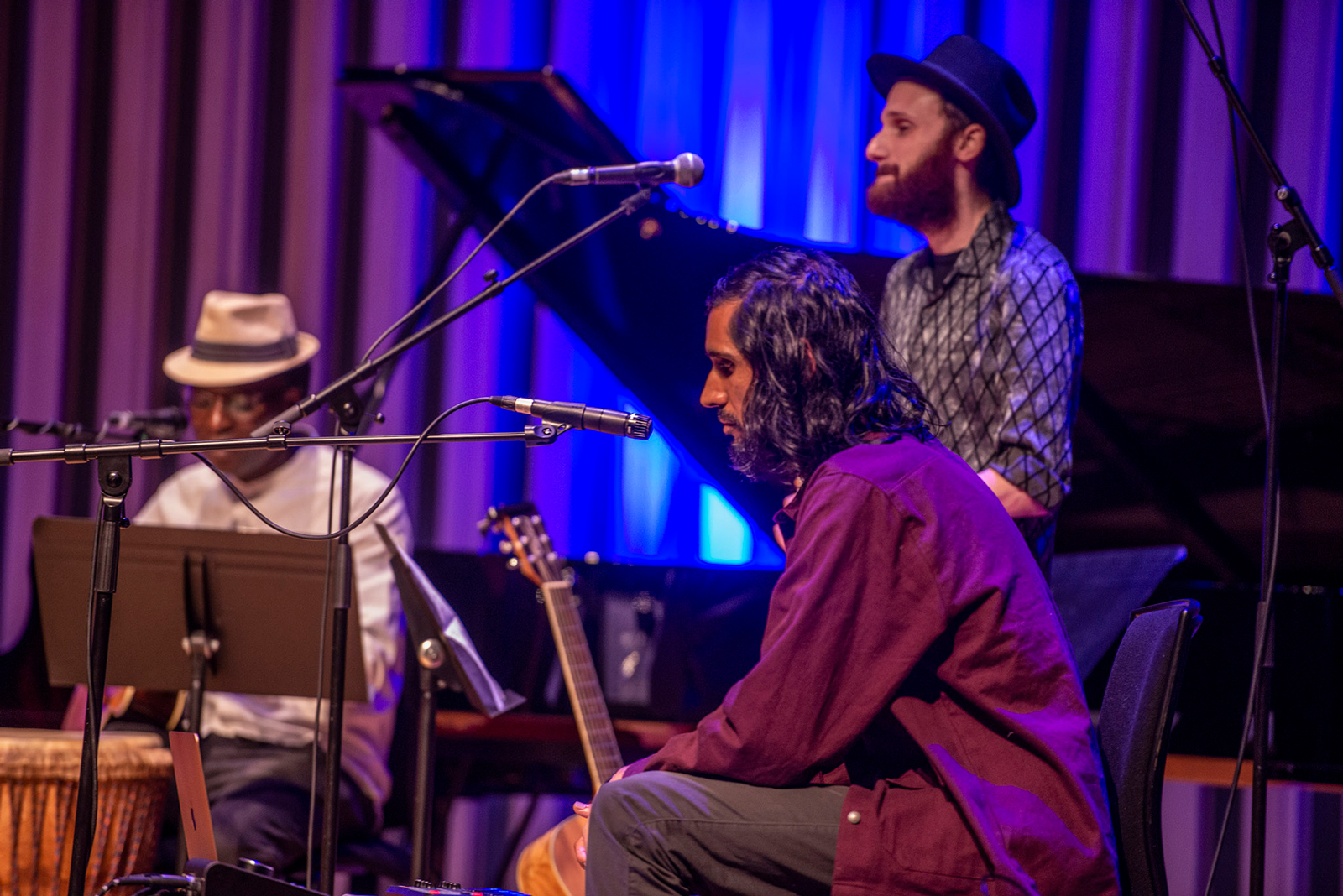
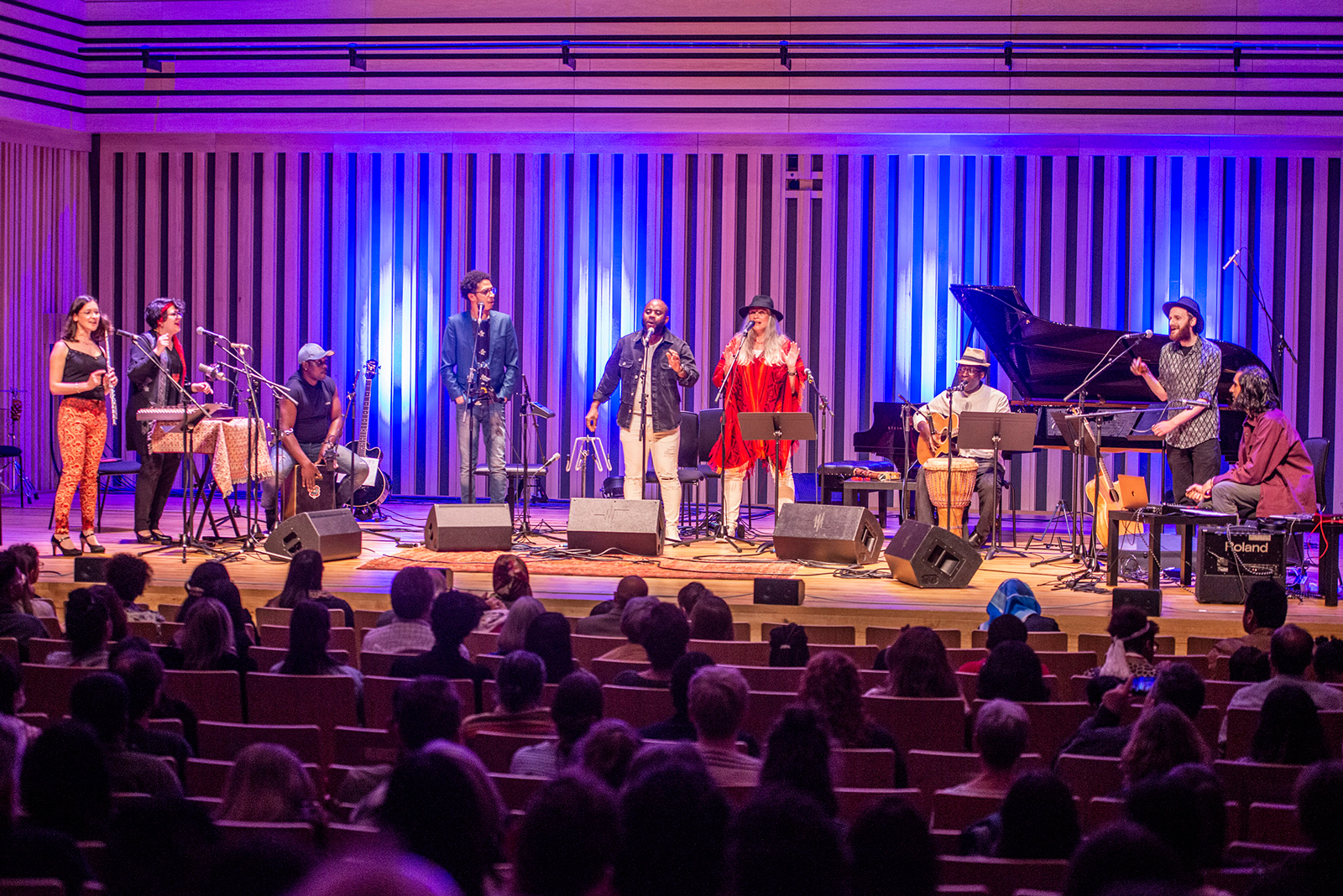
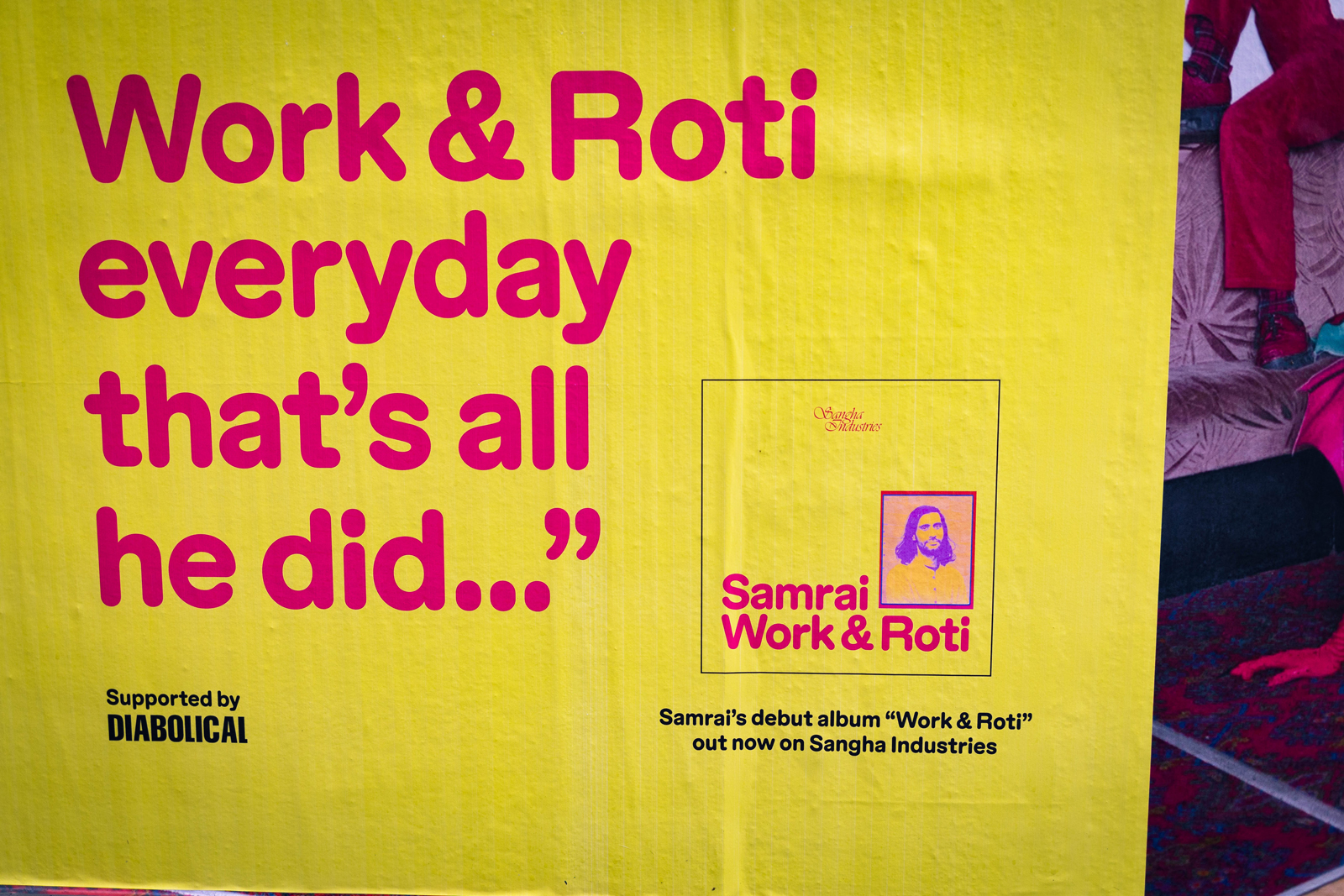
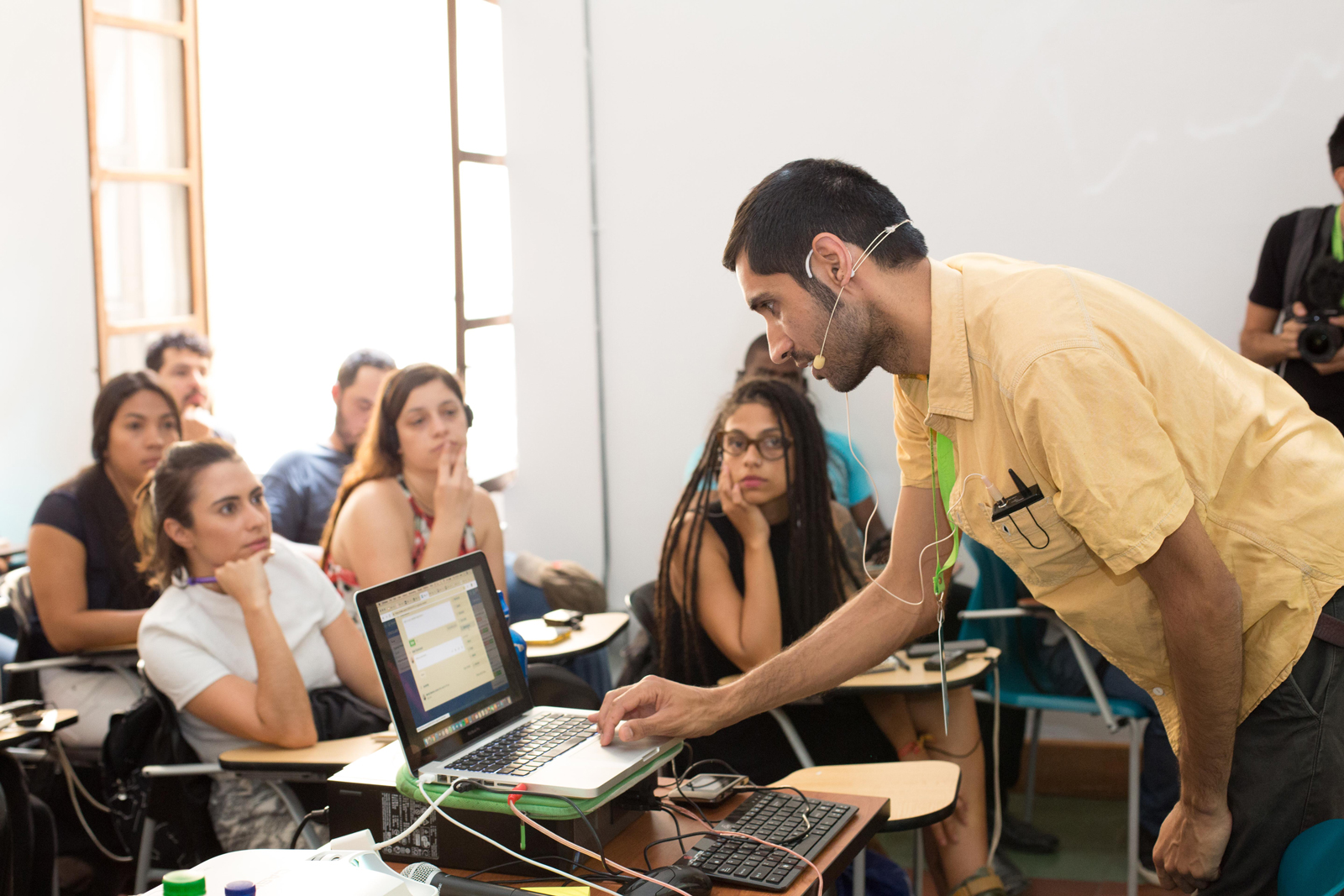 Circulart 1 Nov 41 / Sergio-Gonzales
Circulart 1 Nov 41 / Sergio-Gonzales
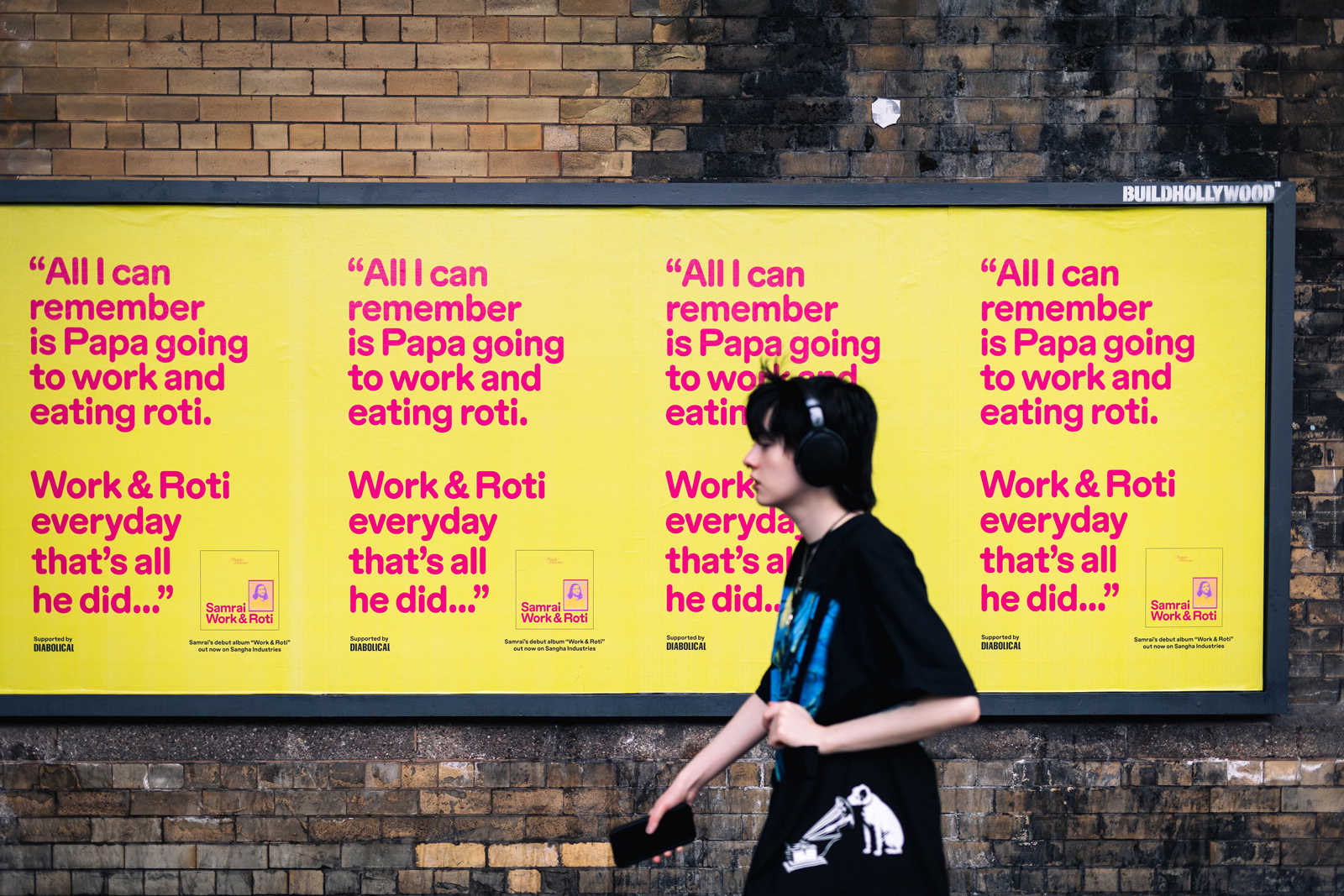
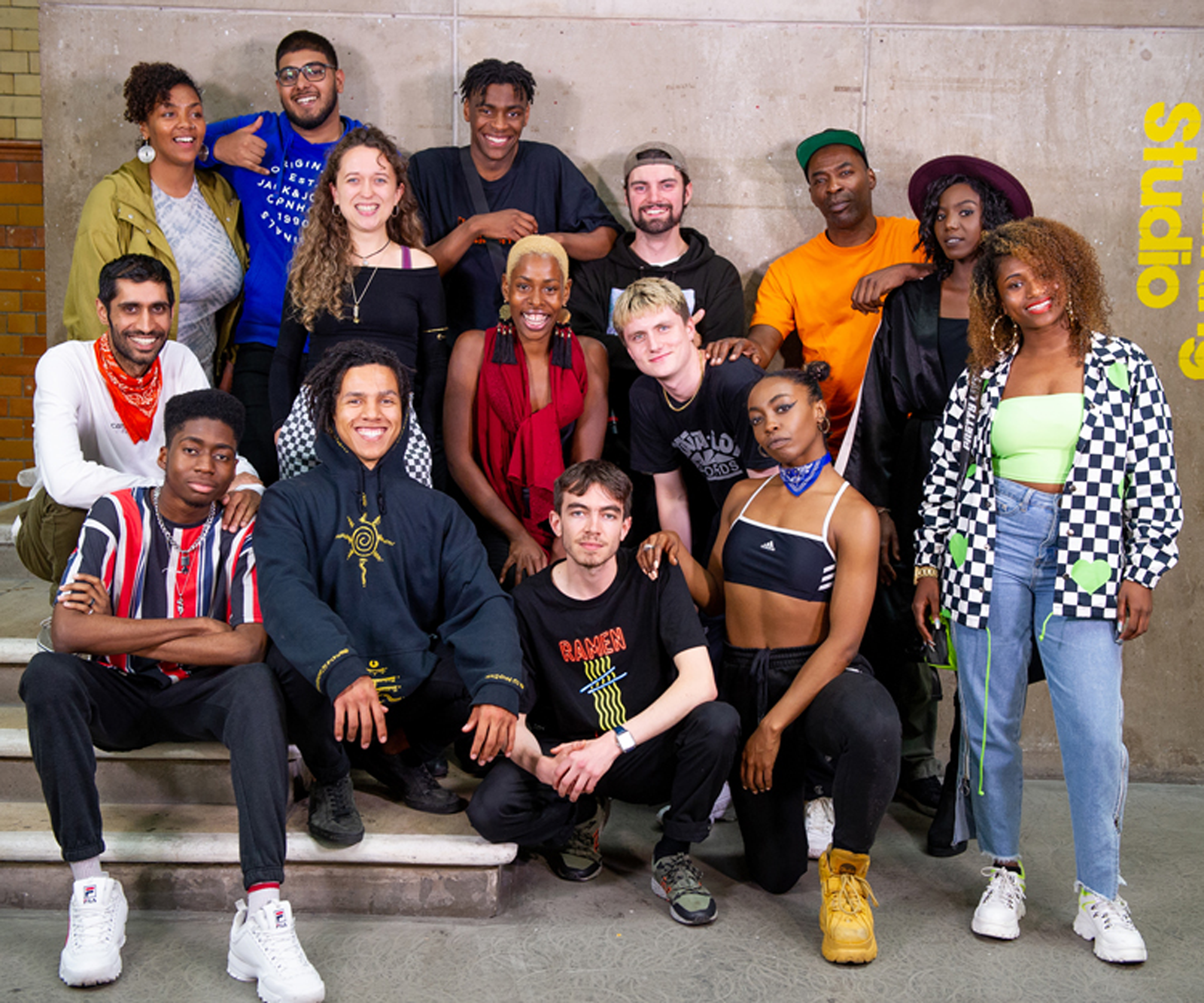 Brighter Sound's DISRUPT project
Brighter Sound's DISRUPT project
